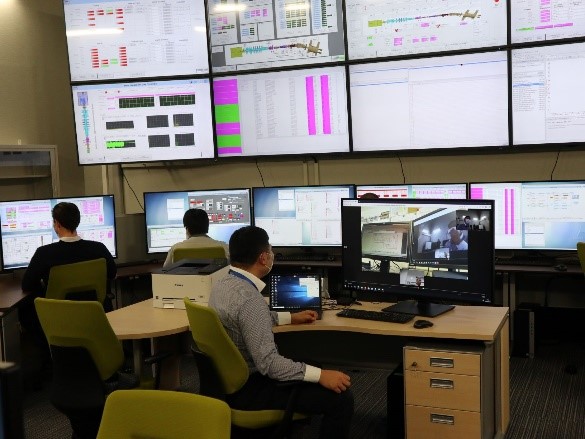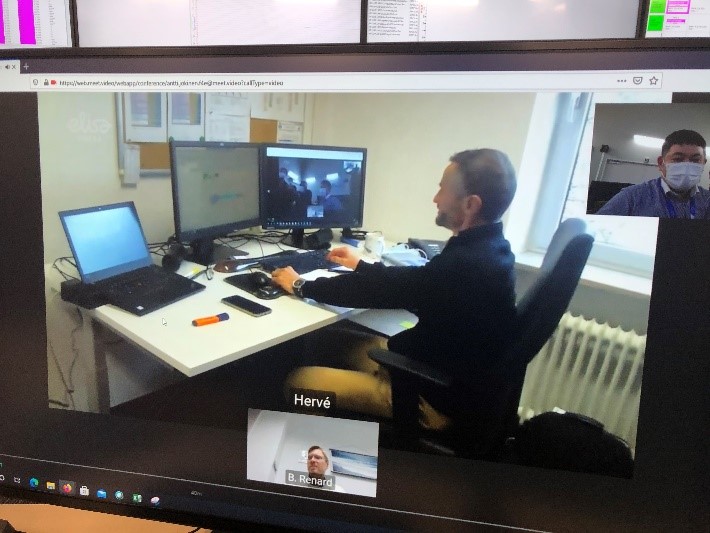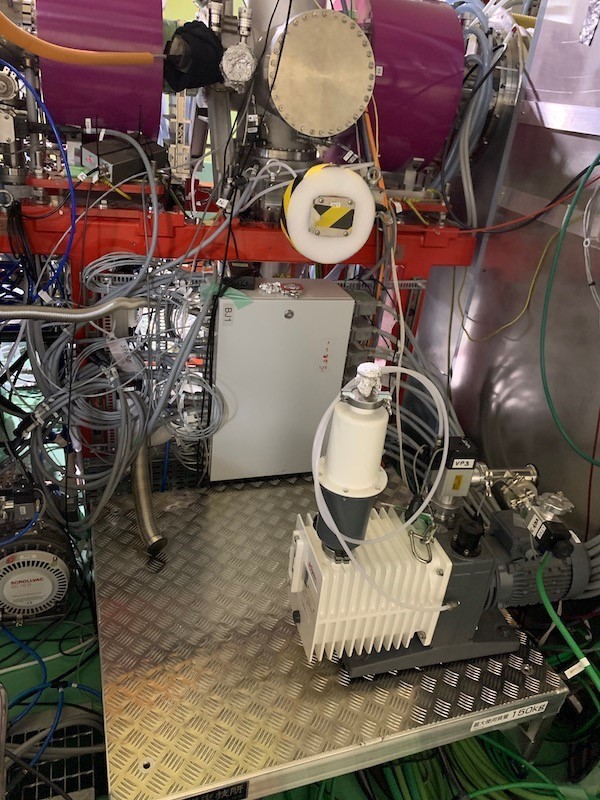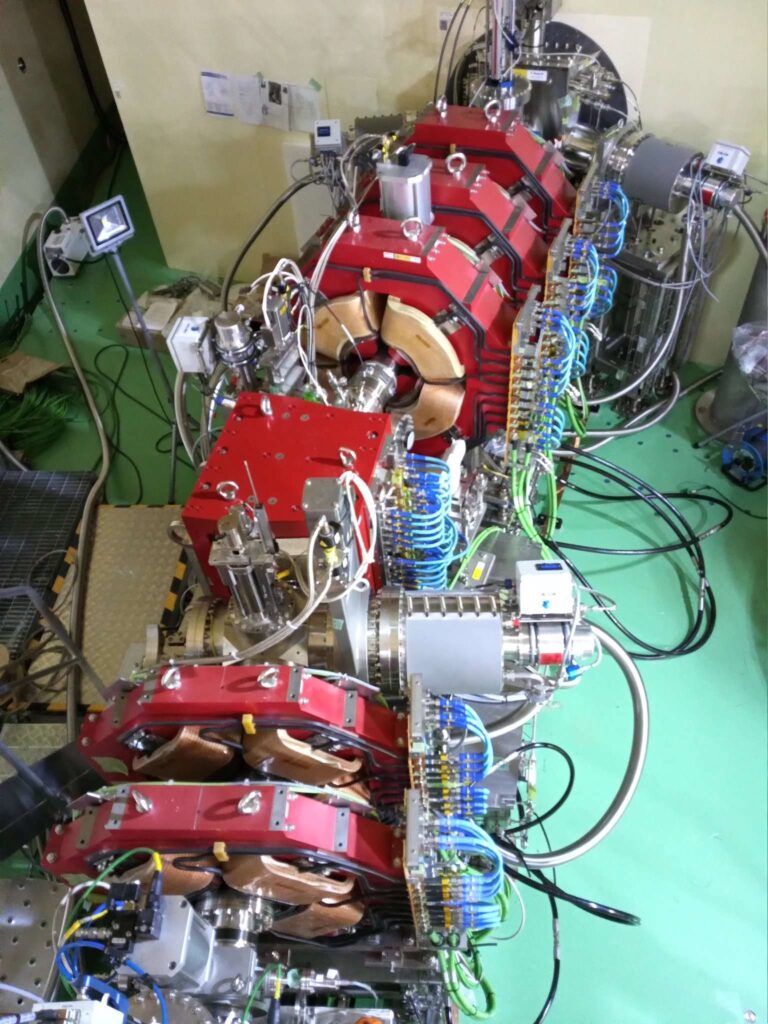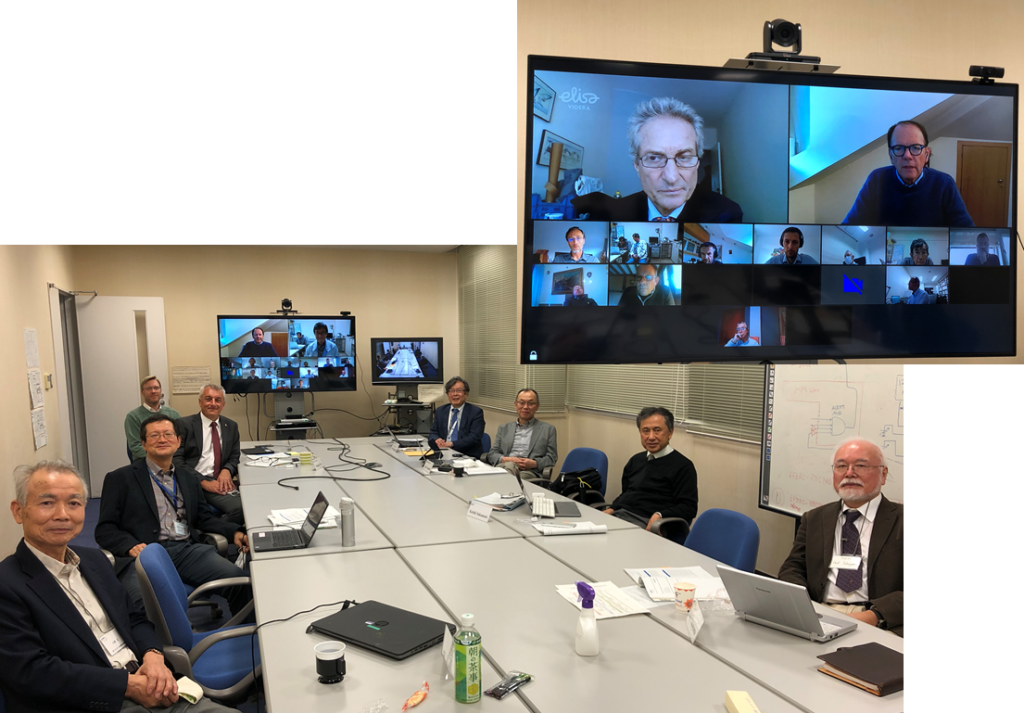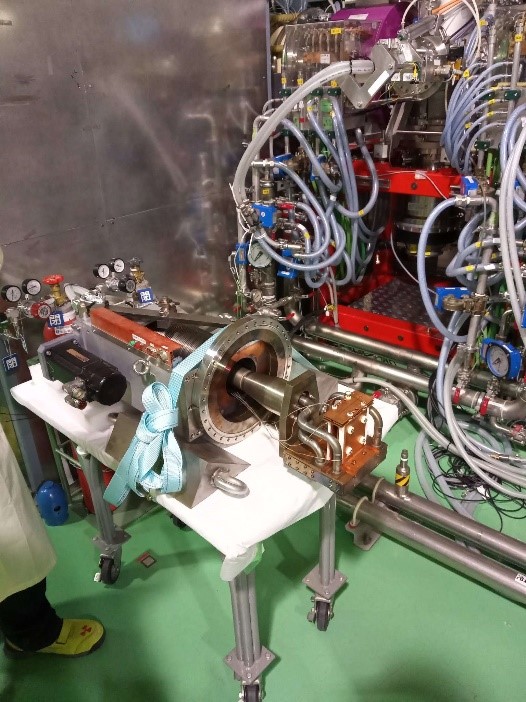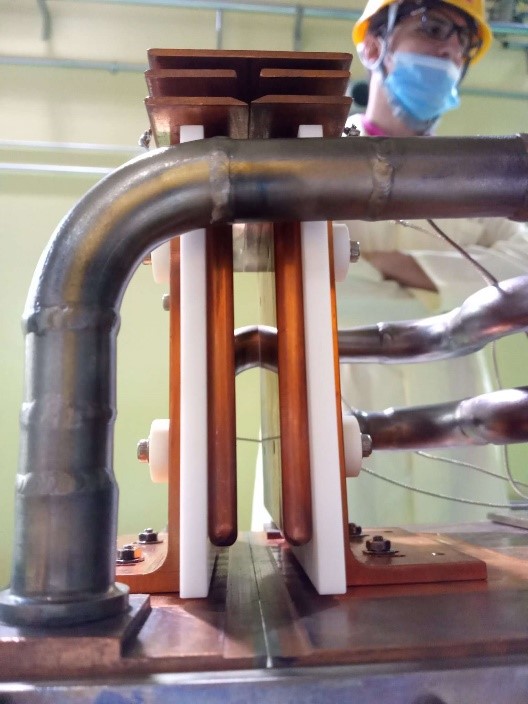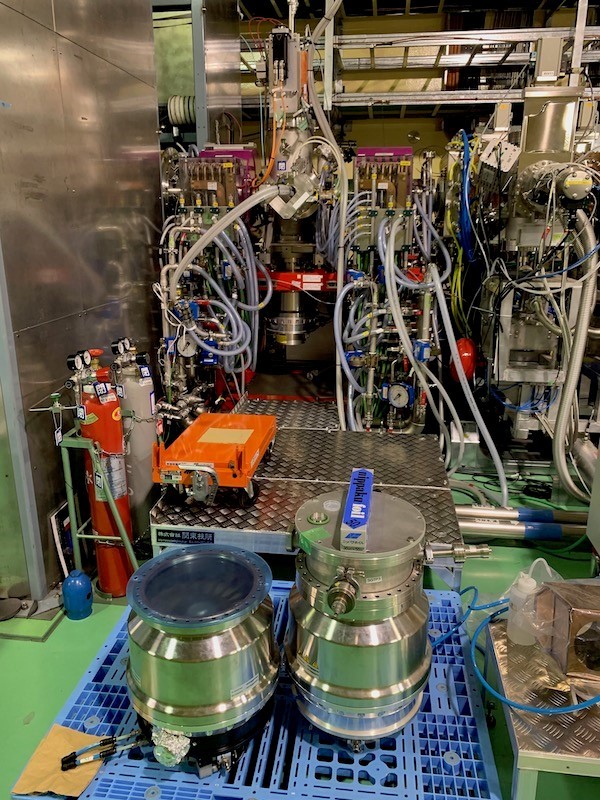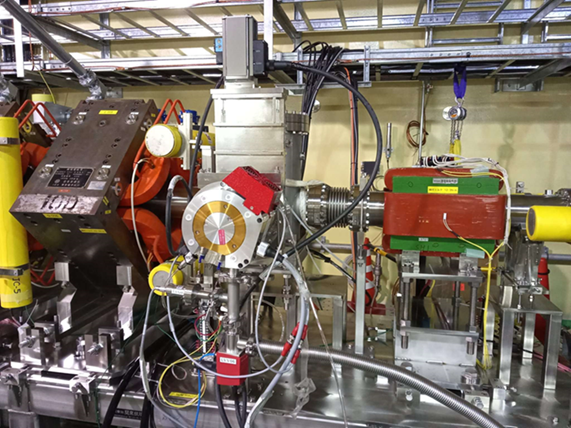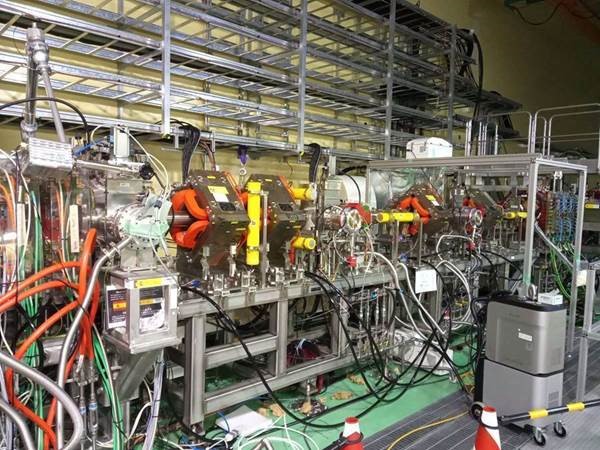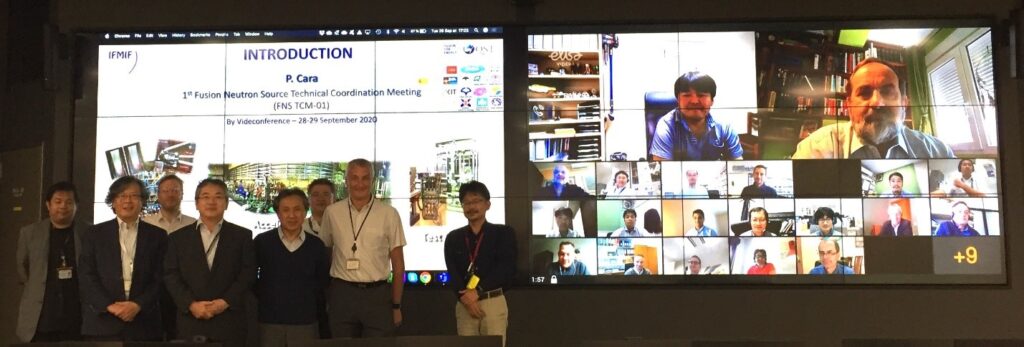Injector conditioning
This week on LIPAc the Injector operations were resumed and beam extraction started!
The duty cycle was progressively increased and reached quickly 20% at the end of the week, with 100mA of total extracted current from deuterium plasma. No issues were observed in the high voltage stability. The vault will now be predominantly closed until mid of December to continue the conditioning of the Injector in preparation of the facility inspection.
HEBT (High Energy Beam Transport) commissioning
The HEBT vacuum system was successfully resumed and reached nominal level for beam operation. A long run test to monitor stability of the cryopumps is on-going.
The HEBT magnets commissioning is ongoing with continuous support from CIEMAT.
Disclaimer: the information reported is not meant to be technically complete and doesn’t cover all the activities currently carried out on LIPAc.



